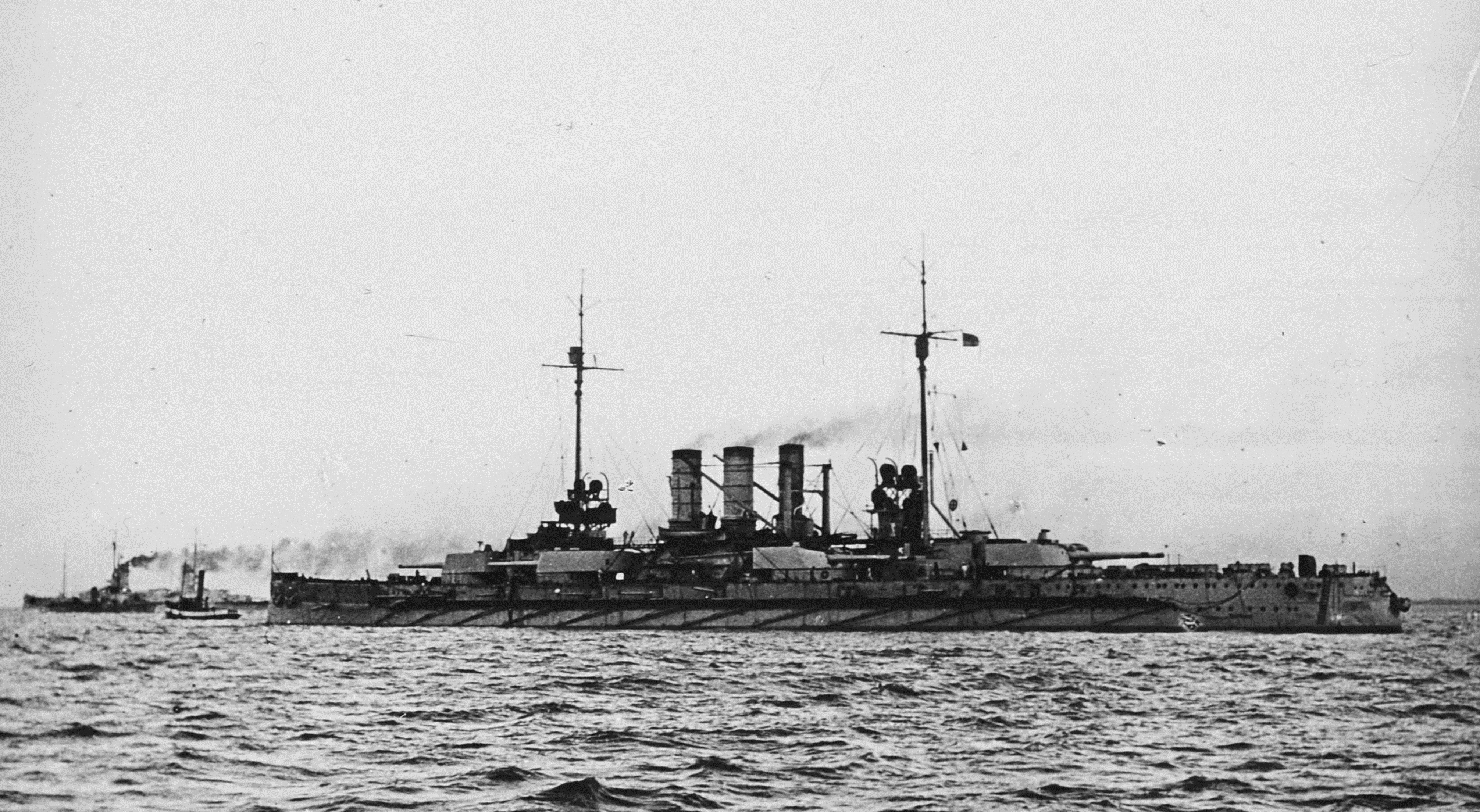Translate
Tuesday 9 February 2016
German dreadnought battleship SMS Helgoland 1908-1921
Of the Helgoland-class consisting of the Helgoland, Ostfriesland, Thüringen and Oldenburg. Preceded by the Nassau-class and succeeded by the Kaiser-class. Laid down at Howaldtswerke Werft, Kiel, Germany with yard number 500 as th Ersatz Siegfried on 11 November 1908, launched on 25 September 1909, commissioned on 23 August 1911, dismissed from German active service on 16 December 1918, stricken from the navy list on 5 November 1919, handed over to the United Kingdom according to the Treaty of Versailles and to compensate the German warships scuttled at Scapa Flow on 5 August 1920 and broken up at Morecambe, England starting on 3 March 1921.
General technical specifications of this class. Displacement 22.808 tons/22.448 long tons (design)-24.700 tons/24.300 long tons (full load) and as dimensions 167,20 (over all) x 28,50 x 8,94 metres or 548.7 x 93.6 x 29.4 feet. The 3 shaft 4 cylinder vertical triple engines divided over 3 engine rooms and 12 boilers supplied 27.617-35.104 (trials) ihp allowing a speed of 20,5 -21,3 (trials) knots and with a speed of 10 knots a range of 5.500 nautical miles. Originally a bunker capacity of 3.200 ton/3.150 long tons coal increased later with 197 tons/194 long tons oil which was sprayed over the coal to obtain a higher burn rate. The crew numbered 1.1113 men. The armament consisted of 6x2-30,5cm/12.0” L/50 quick firing guns, 14-15cm/5.9” L/45 quick firing guns, 14-8,8cm/3.5” L/45 quick firing guns (after 1914 were 2 of these guns replaced by 2-8,8cm Flag guns and between 1916-1916 were the another 1 guns removed) and 6-50cm/20” submerged torpedo tubes (1x bow, 1x stern, 2 each broadside). The armour consisted of a 30cm/12” thick belt, 6,3cm/2.5” thick deck with the barbettes and gun turrets protected by 30cm thick armour.


